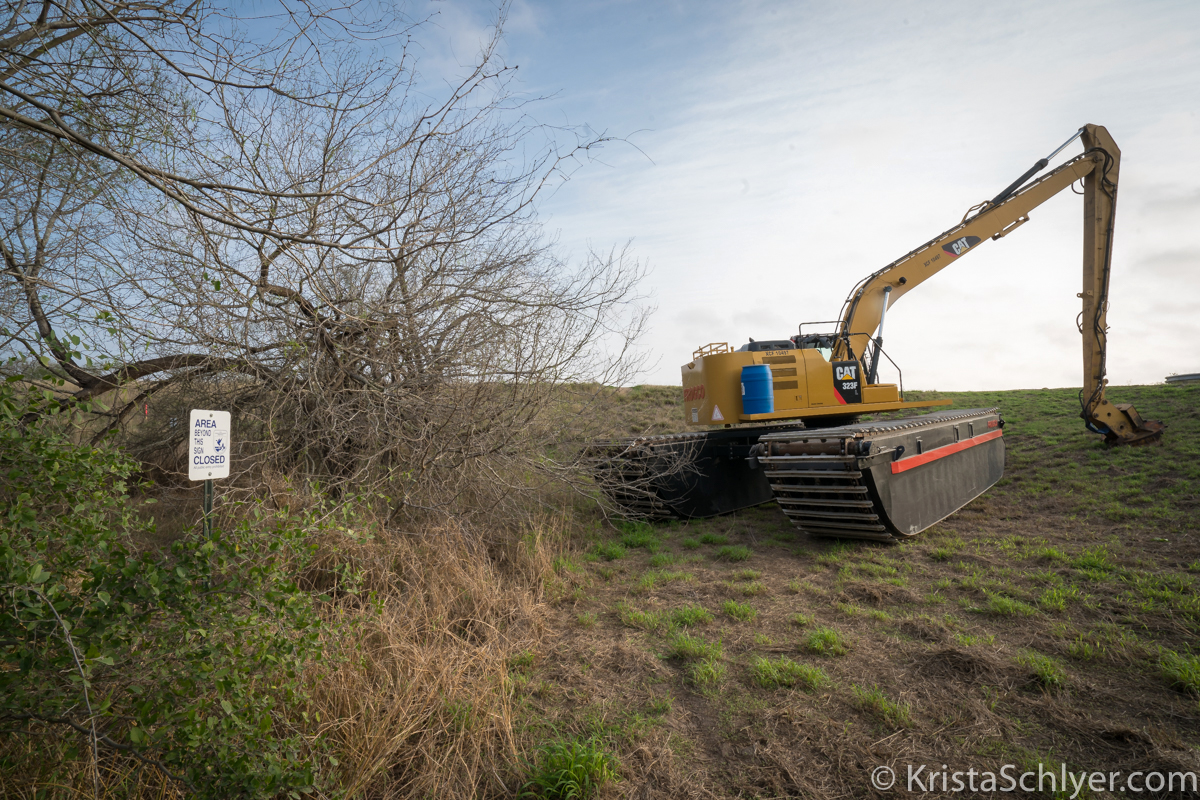I woke one recent morning to bright sun streaming through the hatch a few feet above my pillow. Through the open deck I could see morning shining on the face of our life raft’s grand title: Fortune Favors the Bold. (The jury is still out on this idea. If we ever end up needing thisContinue reading “The Grace of Sharks”
Tag Archives: border wall
SV MMMotivations
The virus has offered lots of unbidden time for reflection. Time is a coin I was yearning for, if not in this manner and upon dry land. But it is valuable and I spend a lot of it thinking about what has moved me toward SV Maggie May over a 15-year period. Bill and IContinue reading “SV MMMotivations”
La Parida: Where the Wild Things Were
Wednesday morning at dawn a solitary pied-billed grebe paddled through a misty oxbow lake called La Parida Banco in the Lower Rio Grande Valley National Wildlife Refuge. La Parida translates from Spanish as: one who has just given birth, perhaps the most apt description I’ve ever heard for a wildlife refuge. I contemplated this meaningContinue reading “La Parida: Where the Wild Things Were”
Border Angels vs Excavators
Like many South Texas mornings, yesterday’s dawn was sung into existence by Altamira orioles, great kiskadees and green jays, warblers and cardinals. It’s hard to imagine any hurt could go unhealed in a world where the birds chorus at dawn. So it seemed for a brief eternity as I walked west through the northern edgeContinue reading “Border Angels vs Excavators”
Border Wall Construction Begins, again
This year marks the 30th anniversary of the fall of the Berlin Wall. I can still hear Americans cheering when Ronald Regan demanded “Mr. Gorbachev, tear down this wall!” Today is also the 10th anniversary of a much lesser known historical event — the Borderlands RAVE. It was an expedition I organized with the InternationalContinue reading “Border Wall Construction Begins, again”
Ay Santa Ana
Santa Ana and the battle for sacred ground There are some places in this world where life and beauty effervesce from the ground itself, places we simply can not lose. There are landscapes where lines must be drawn in the proverbial sand and we must say, no, you will not take this from the world.Continue reading “Ay Santa Ana”

